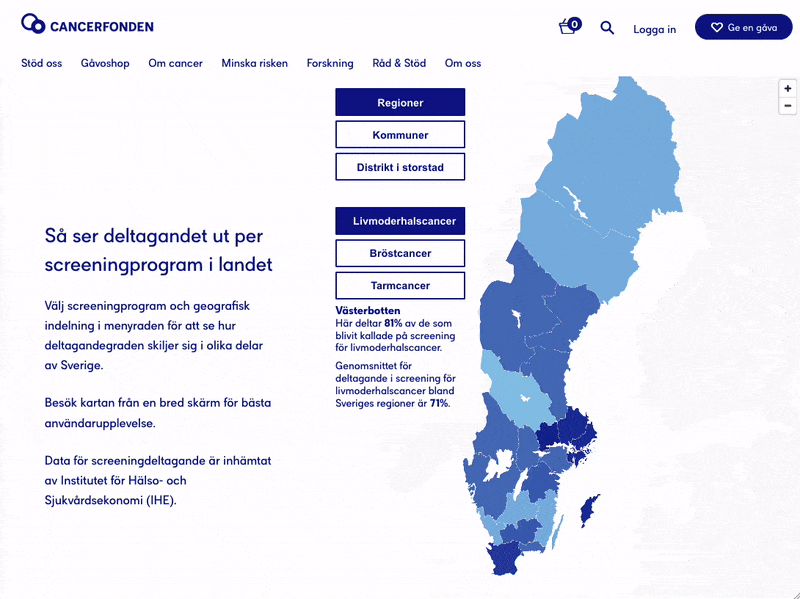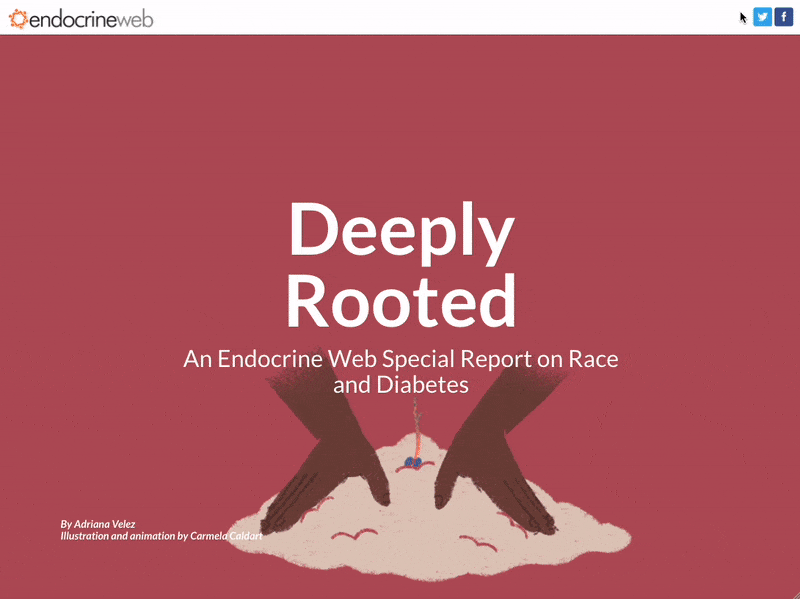How to write a white paper

White papers are one of the most powerful and persuasive formats available for content marketing. They can show off your expertise, position your business as an industry leader, and convince new customers that you’re the solution to all their worries.

By Corinna Keefe
But creating good white papers is an art. And if you want to share a successful white paper, then you’ll need clear goals, new insights to share, and the right publishing platform.
In this guide, we’re going to take a closer look at white papers. We’ll discuss exactly what a white paper is, how content marketers use white papers, and how the format is evolving — plus review some case studies and white papers examples to inspire you.
- What are white papers for?
- What are the different types of white paper?
- White papers for content marketers
- How to share white papers
- How white papers are changing
- What makes a good white paper?
- Examples of white papers for content marketing
- White papers for content marketing: FAQs
What do the BBC, Tripadvisor, and Penguin have in common?
They craft stunning, interactive web content with Shorthand. And so can you! Create your first story for free — no code or web design skills required.
Sign up now.
What is a white paper?

A white paper is a well-researched summary of all the information available on a topic. It’s designed to help the reader make a decision, understand a situation, or solve a problem (or all three!).
So when it comes to content marketing, a B2B white paper might help someone make a purchasing decision, learn more about their industry, or solve a problem for their business. It aims to support the reader… without giving them the hard sell.
White papers are different from other promotional materials, because they’re not written to make a sale right away. And they’re different from blogs or feature articles, because they are usually longform, and offer a greater depth of information and research. White papers are an example of premium content, but they’re not exclusive to customers; they’re a way of reaching out to new prospects and other stakeholders.
What are white papers for?

The easiest way to understand the purpose of a white paper is to understand where they come from.
The idea of a 'white paper' was invented by the British government. It referred to a short informational document, printed and bound in white paper, that set out proposals for legislation. And it had two key characteristics: first of all, the proposals were only suggestions, not absolute commitments. And second of all, they were available for the general public to read. They were public-facing, instead of just internal documents.
Those features are still important today, even in the very different context of content marketing. A white paper for content marketing may not be printed, and it will hopefully be a bit more colourful than a simple white page. But it will include practical, well-researched suggestions or solutions to a problem.
And it will be written for people outside the organisation: potential customers, not insiders. The tricky part is to find the right balance between technical detail and readability. Unlike academic papers, a white paper is an expert summary for people who may not have very deep knowledge of the topic at hand.
In content marketing, white papers are most often used for lead generation and as a sales tool, though can also be used for building brand awareness and establishing credibility as an expert in your specific industry or field.
What are the different types of white paper?

Content marketers often talk about three different types of white paper, each with a slightly different goal:
- Problem/solution. This kind of white paper is very straightforward: you outline a particular problem, then recommend a solution. In content marketing, it’s often aimed at prospects at the top of the funnel. It may be optimised for search engines.
- Summary list. In this format, you sum up all the available information on a topic. It’s a useful reference and is usually shared with prospects who have started to move through the sales funnel.
- Backgrounder. This is the most in-depth type of white paper. It’s reserved for readers who are already strongly engaged with a topic and ready to make a purchase.
You might also see white papers referred to by other names, such as a competitive review, an executive briefing, a market overview, a position paper, an evaluator’s guide, or a special report.
Regardless of the type of white paper you create, note that white papers are not for declaring opinions or making a sales pitch. They should be focused on facts, leaving readers to make their own decisions. You can have a point of view or an editorial angle, but it must be supported by the evidence.
White papers for content marketers

Now you know the basic types and aims of a white paper, let’s talk tactics. Are white papers cost-effective for content marketers? How should you distribute a white paper? How do you know when to use a white paper, and when to switch to another format?
Before you start writing, you’ll need to think about:
- Topic. The ideal topic is something that your customers are interested in, and you’re an expert on. Think about the questions and problems that your target audience faces. Talk to people across your business: have they noticed any new trends, interesting data, or recurring questions?
- Purpose. There are lots of different reasons to produce a white paper, from thought leadership and SEO to market positioning and qualifying leads. White papers take a lot of effort to create, so make sure you have a definite goal before you start.
- Length. Most white papers are at least several thousand words long. The exact length of your white paper will depend on your audience, purpose, and how much information you have to share. If you find yourself struggling to produce that much content, consider using another format.
- Audience. The tone and style of your white paper should reflect your ideal audience. Understanding your audience will also help you to choose a distribution strategy and design.
It’s important to understand that writing a white paper is a serious investment of time and resources. It can take weeks to write a long, in-depth report, and months to gather the necessary data and research. White papers are premium content and so the investment will often pay off, but you need a clear idea of the costs and benefits before you start work.
In some situations (for example, if you want to reach clients more quickly, or if you don’t yet have enough data), then a shorter blog post or article might be a better bet. Remember that there is an opportunity cost involved: a white paper might consume a lot of your time for a few weeks, so you’ll need to have content planned ahead.
Want to make your writing process more efficient? Check out our roundup of the best writing tools.
How to distribute white papers

One popular tactic for proving the return on investment on white papers is to gate them. With this tactic, content marketers offer access to an authoritative white paper in exchange for data such as contact details or information about a potential client’s business. You’ve probably filled in a few of those gated forms yourself.
Gated content appeals to content marketers because it’s one of those rare occasions where the impact of content can be measured right away. However, it’s decreasingly popular with audiences. There are a few reasons for this:
Readers get bored of filling out forms every time they want to access content.
Some marketers ask for too much data, too soon, which damages the relationship with readers.
It’s difficult for readers to assess the quality of the content in advance. If you fill in a form for a white paper which turns out to be light on information, that damages trust too.
So we’re seeing more and more content marketers turn to other distribution strategies.
White papers can also be offered as a free-to-access webpage, instead of a gated PDF. Some content marketers are experimenting with partial gating, such as allowing access to an executive summary but gating the more detailed research behind a white paper.
We’ve also seen white papers which are open-access, but end with an invitation to sign up to a newsletter or share contact details for a sales call.



How white papers are changing

White papers have come a long way from government photocopies being handed around offices in London, Paris, or New York. And they’re still changing today, as readers’ priorities, interests, and focus change.
The biggest difference is that white papers are now available digitally. For the past few years, the most popular format has been PDFs, which makes some sense. PDFs can be emailed, gated, downloaded, or saved, and they can contain images and links as well as text.
But content marketers have started to discover the limitations of PDFs. The latest generation of white papers is interactive, immersive, highly visual, and more often open access.
Let’s take a closer look at that description.
- Interactive. White papers present a huge amount of information. That can be overwhelming for readers! Interactive elements make it even easier for people to jump to the data they need – for example, by adding filters to charts and data tables, or clicking on internal links to focus on the most relevant sections of a white paper.
- Immersive. Marketers have begun to embrace the idea that content should be entertaining as well as informative. When readers are immersed in a white paper with strong digital storytelling and multimedia elements, they stay longer and remember more. And yes, that applies to hard research too, with the emerging strategy of data storytelling.
- Visual. With conventional printed papers and pdfs, it was more difficult to include visual elements. But the latest publishing platforms and marketing tools mean that you can illustrate white papers with photos, videos, infographics, and animations. They’re eye-catching and, with the right design, can significantly enhance readers’ understanding.
- Open. One reason that digital white papers have outstripped print is that they’re so much easier to share. There’s no limit on how many people can read a digital white paper at the same time. What’s more, it’s easier for people to respond and contribute to the white paper through commenting, sharing, and interacting.
In other words, white papers are evolving. They’re moving on from the restrictions of the original, official documents, and focusing more on the needs of readers.
What makes a good white paper?

So with all that in mind: what does a good white paper look like in the 21st century? We’ve identified 6 key characteristics of a successful white paper for content marketing.
1. Good white papers are driven by data and fully supported by evidence. While you can get pretty far with a research report on existing trends and statistics, great white papers present new, proprietary data.
2. They also offer thought leadership and a unique perspective. This is a delicate line to walk. While you don’t want to push too far – remember, white papers aren’t sales sheets – you still have a goal to achieve. You want readers to choose your solution to the problem, respect you as an industry authority, or make a decision that favours your business. That means having a strong, but subtle, editorial line.
3. Producing an authoritative white paper is also about appearances and design. A successful white paper, whether it’s for content marketing or anything else, will look professionally produced. For something like a PDF file, that means a carefully edited and formatted document. For a digital publication, that means a functional site which works across different devices and browsers, with a glossy design to match.
4. Visual design is essential to white papers. Because they’re extended pieces of content, it’s easy to focus on the written aspect of a report above the visual design. But visuals can make all the difference: highlighting key points, using brand fonts, breaking up information with headings and numbered lists, putting a human face on statistics, illustrating technical information, and presenting data at a glance with charts, graphs, and tables.
5. Increasingly, that design also needs to be multimedia and interactive. In the examples of white papers below, you’ll see all kinds of media, from videos and podcasts to sketches, animated charts, and maps. Interactive designs make it easier for readers to focus on the information that engages them most, as well as packing in more data.
6. Finally, the best white papers are tailored for a specific audience. Every element, from white paper design to distribution to tone of voice, is aimed to reach the ideal reader.
In the next section, we’ll look at some examples of white papers which manage just that.
Examples of white papers for content marketing

1. The thought leadership white paper
In 2021, international law firm Gowling WLG published a roadmap for recovering from the Covid-19 pandemic. And if you check out the design, you’ll see that this white paper is… a literal road map.
As well as a fun design idea, this serves to link the report together. Each section, from healthcare to housing, is illustrated as a “stop” along the road.
Gowling WLG also got the memo about multimedia white papers. Their research and predictions are shown through written reports, statistics, podcasts, and even a collection of wellbeing resources.
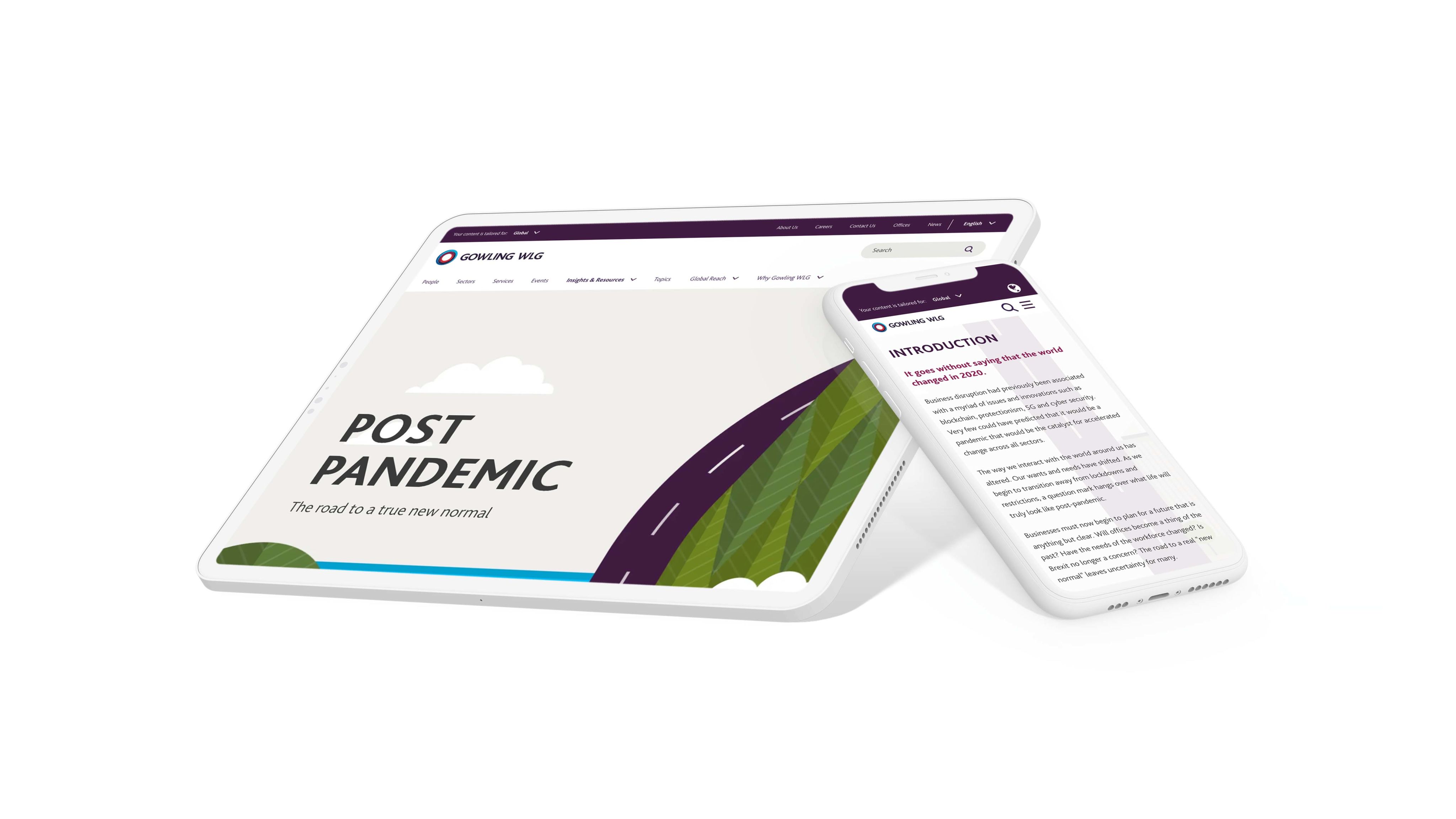
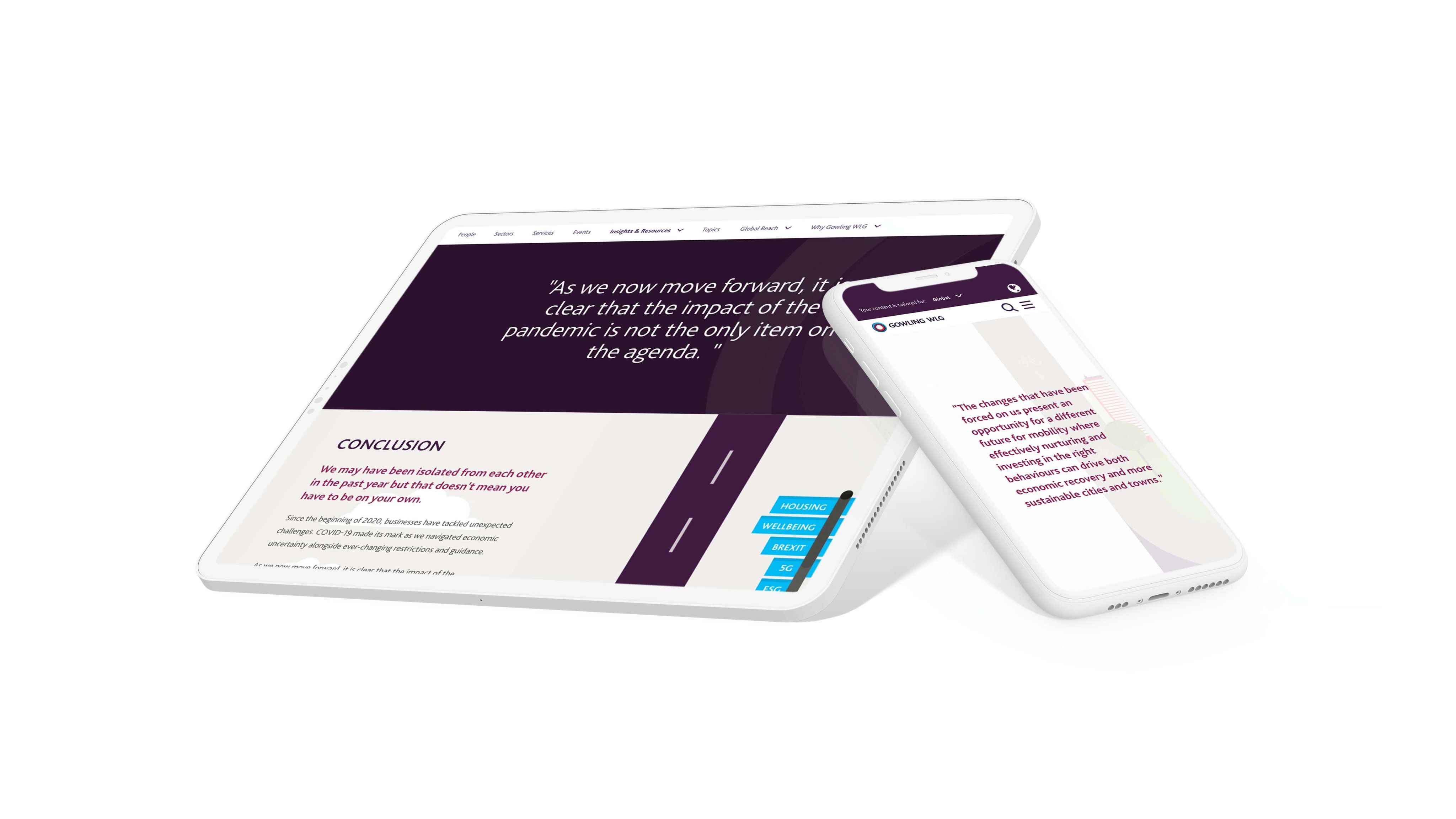
2. Keystone content to share with others
Our next example is a fantastic example of tailoring content for your audience. The book publisher Penguin released Lit In Colour, a white paper about how literature is taught in UK schools. The report was aimed at teachers, parents, and students, so it had to be both authoritative and readable.
The design is immediately user-friendly. With an estimated reading time, bright block colours, and book-themed illustrations of key statistics, it’s easy to understand at a glance. It’s also optimised for people to extract key points and share them in class or online.
The report finishes up by identifying key barriers and opportunities, with different suggested actions for parents, educators, children, and general readers. This is a report for everybody.

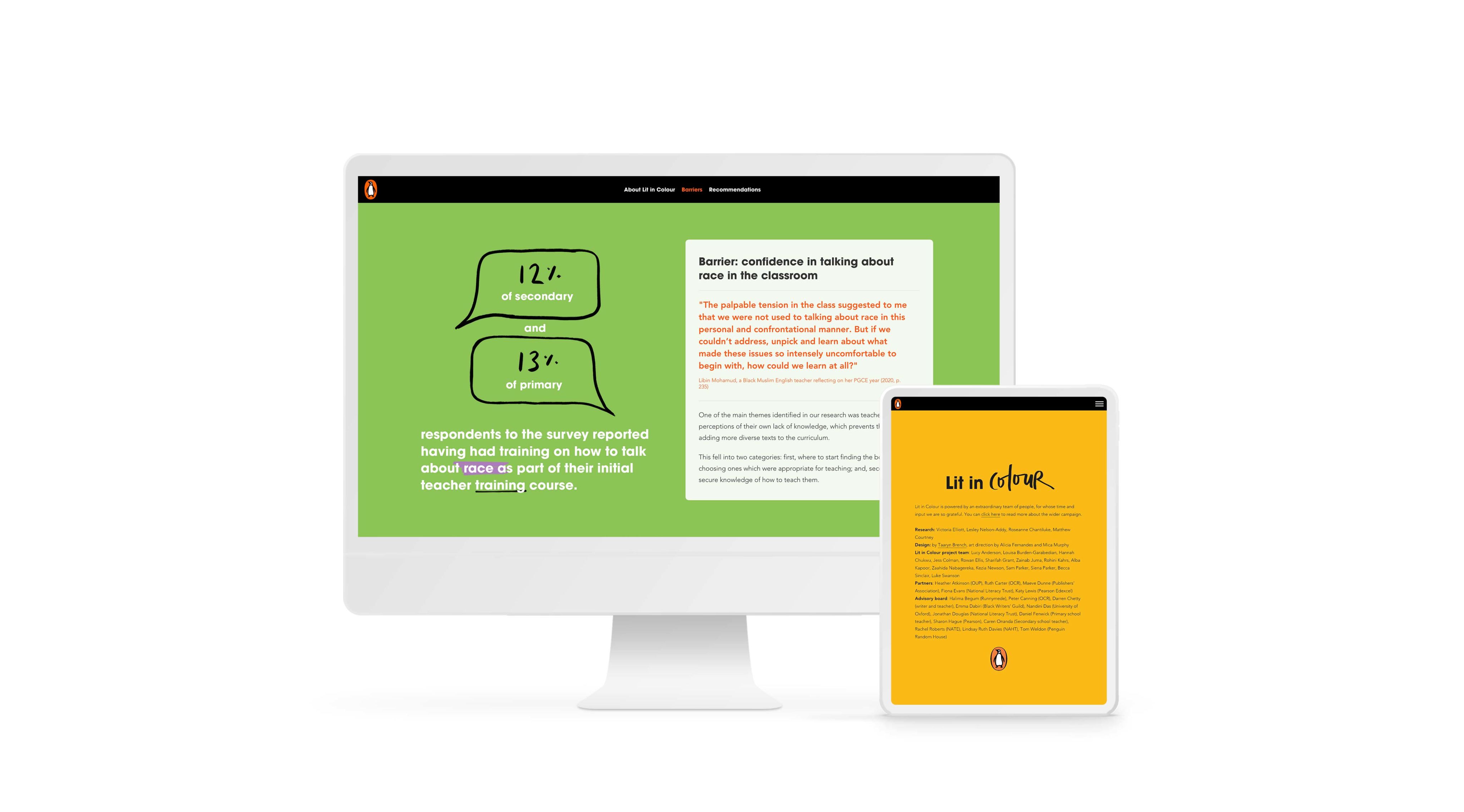
3. The authoritative industry report
Our last example comes from the Hamilton Commission, an organisation established in 2020 to get more young black people involved with engineering and motorsport.
The Hamilton Commission report uses industry statistics as well as anonymous interviews to discuss diversity in motorsport and point out the key problems to be solved. And, as a document which could equally be used for campaigning or policy-making, it’s designed to be readable by everyone.
This white paper uses illustrations, photographs, videos, interviews, and scroll-based animations to create a lively, interactive experience. Key statistics are highlighted in accent colours.
Each section of the report ends with a list of key recommendations, including “immediate opportunities” which should be acted on at once. The tone of the report is decisive and urgent, provoking conversation and action.

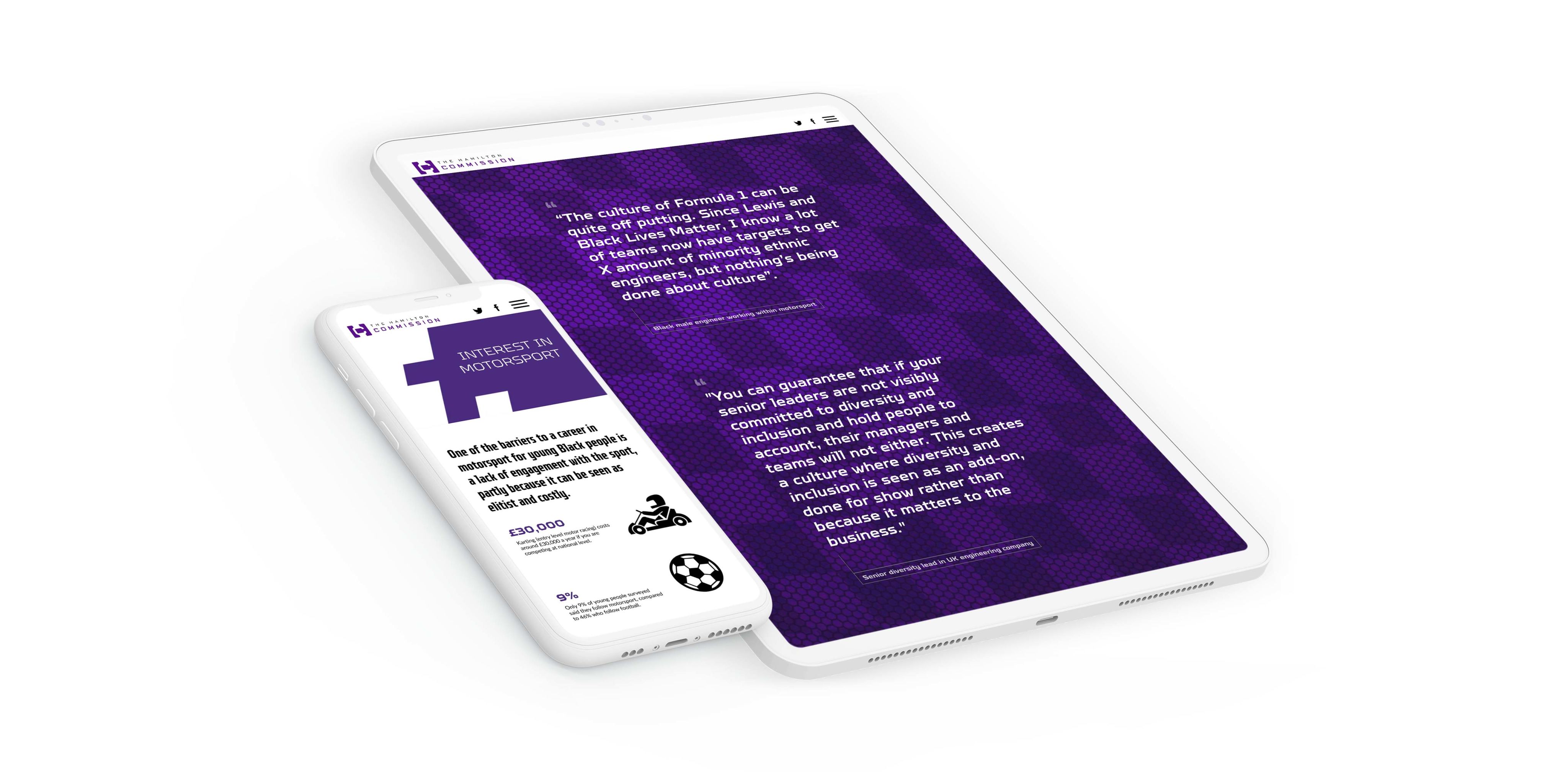
White papers for content marketing: FAQs

Feeling inspired? Before you start writing, we just have a few more tips to share. Here are some of the most common questions we get asked about white papers… and the most up-to-date answers.
Should I gate my white paper?
In the past, white papers have been a very popular form of gated content. But this tactic is now getting diminishing returns. Readers are wary of handing over their data before they know whether the content is good, and unfortunately, some content marketers have misused gated content to demand too much. These days, you’re better off sharing white papers openly and using calls to action to follow up.
Should I publish my white paper as a PDF?
Publishing white papers as PDFs went hand in hand with gated content. You fill out a form, you get a download link, you read the PDF.
That’s no longer convenient for readers – not to mention the many accessibility and design issues with PDFs. You’ll be able to do more, and get more readers, with an online publishing platform like Shorthand. It’s easy to add interactive elements like scroll-based animations, and you can share the white paper as widely as you choose.
How long does it take to produce a white paper?
Every white paper is different, but as a general rule of thumb, you’ll need to factor in both research time and writing time. Writing time might take a couple of weeks; research could take much longer, depending on how much data you have already collected and how much subject matter expertise you have in-house. It’s never worth rushing a white paper. The whole point of this content format is to offer detailed, accurate, unique research – so don’t skimp on it!
How do I distribute my white paper?
Your distribution strategy will partly depend on your audience and goals. For example, if you want to share a white paper with readers who are already close to committing to your brand, then you could share it via email. If you want to reach completely new sales prospects, then you’ll probably need to share the white paper more widely, on social media and your website.
White papers are also a great source of keystone content. You can break the research down into smaller pieces of content (such as quotes, image slides, key statistics and video clips), and then share those. These smaller content extracts can be used to promote the white paper itself or as part of a separate social media strategy. The more you reuse the content in your white paper, the more return on investment you’ll see.
What are some alternatives to white papers?
White papers are really good at what they do, which is to provide authoritative and convincing information on a specific issue. But they aren’t always the right option for your marketing objectives.
For example, if you want to get content out the door quickly, then short blogs or social posts might be more effective. And if you’re trying to build an SEO strategy from the ground up, then hub-and-spoke blog content might help you rank higher.
On the other hand, if your goal is to build authority, become a thought leader, and make a persuasive business case to new customers… then white papers are for you!
